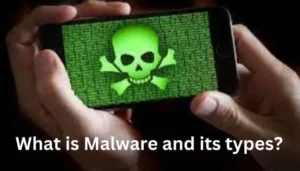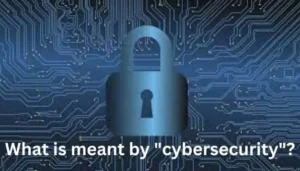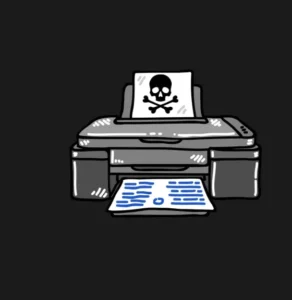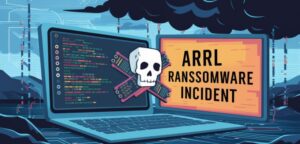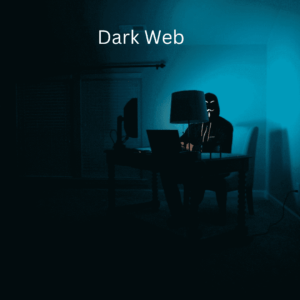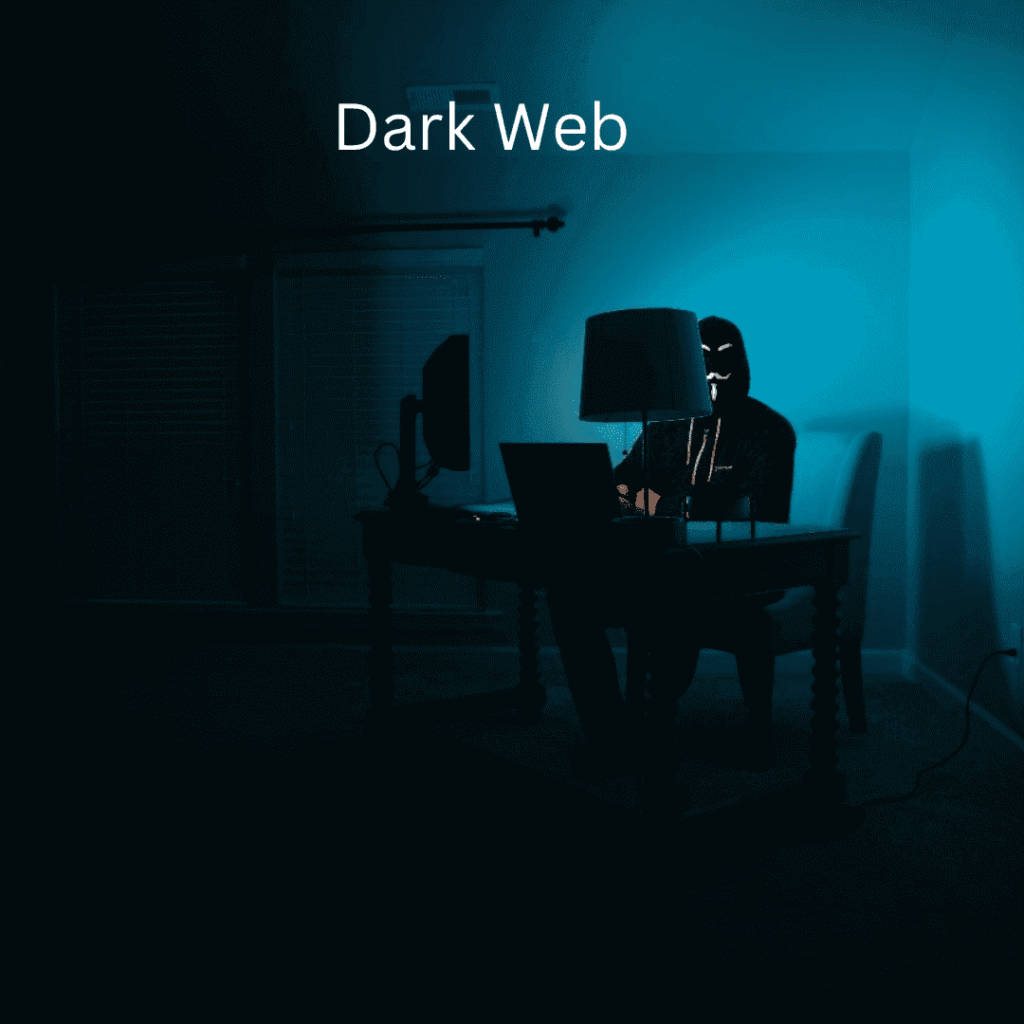
|
Getting your Trinity Audio player ready... |
A portion of the internet known as the “dark web” cannot be found by search engines and must be accessed through the use of the anonymizing browser Tor.
A portion of the internet known as the “dark web” is not indexed by search engines. You’ve likely heard of the “dark web” being a hub for illegal activity, and this is true. After classifying the contents of 2,723 active dark web sites over five weeks in 2015, researchers Daniel Moore and Thomas Rid of King’s College in London discovered that 57% of them hosted illegal content.
The University of Surrey’s Dr. Michael McGuires’ 2019 study, Into the Web of Profit, demonstrates that the situation has gotten worse. Since 2016, the quantity of dark web listings that could be detrimental to a business has increased by 20%. 60% of all listings (apart from those that sell drugs) have the potential to be detrimental to businesses.
Credit card numbers, drugs of all kinds, weapons, fake money, hacked Netflix accounts, credit card numbers, and software for hacking into other people’s computers can all be purchased. Purchase the login information for a $50,000 Bank of America account, prepaid debit cards, fake $20 bills, or a “lifetime” premium Netflix account. You can get computer attacks done for you by hiring hackers. Passwords and usernames are sold.
The dark web has a legitimate side as well as being illegal. One option is to become a member of a chess club or BlackBook, a social network dubbed “the Facebook of Tor.”
Tools and services for the dark web
- Twelve categories of tools or services were recognized by the Into the Web of Profit report as potentially dangerous in the event of a network breach or data compromise:
- Attacks or infections using botnets, malware, and distributed denial of service (DDoS)
- Access, including keyloggers, exploits, and remote access Trojans (RATs)
- Services, customization, and targeting in espionage
- Tutorials and other support services
- Qualifications
- Phishing
- Returns
- Client information
- Data operations
- Monetary information
- Trade secrets and intellectual property
- Additional new dangers
A sample from the Dark Web
Consider the scenario where you wish to visit the dark web to find out if any of your personal information is available. Using a virtual private network, you can install the TOR browser on your computer. Using a virtual private network, or VPN, one can send data over a public network as though it were a private one. On a public network, it essentially grants you privacy.
When you browse, you’ll undoubtedly notice that as opposed to the conventional.com,.org,.edu, etc., dark website addresses end in. onion. But first, a word of caution. Installing security software is essential because there’s a significant likelihood of encountering malware and phishing scams.
Is Using the Dark Web Illegal?
The dark web is not illegal to access, despite what its name suggests. It gives users privacy and anonymity that are unavailable on traditional websites. For example, individuals can post their opinions about political activity on the dark web without worrying about retaliation from authorities and other parties.
How the Dark Web Operates and Why It’s So Dangerous is Described
The internet has three layers: visible, deep, and dark. It is the largest global information storage system, containing data about almost everything and almost everyone. Moreover, compared to other layers, some have exponentially more data.
Though it’s getting scarier every day, the internet is getting more complicated. Feeling nervous is normal when there’s so much you don’t know and can’t control, especially when you come across articles and reports about the Dark Web. This ominous name makes you automatically think of illegal goods and hidden services.
While some prefer to use cryptic language when discussing the Dark Web to incite fear, this guide will demystify it with clear explanations of what the Dark Web is, what happens there, and how it affects your online security.
Why Is There a Dark Web?
Although the origins of the Dark Web remain unknown, it is increasingly mentioned in popular discourse regarding technology and digital security as the dubious origin of numerous security vulnerabilities.
The Dark Web functions primarily through a collection of networks and nodes known as “darknets.” They consist of but are not restricted to, small and large peer-to-peer networks like Freenet and Tor.
Users of specialized software, like the Tor browser, are required to browse and utilize the Dark Web. Given how prevalent it is on the internet, it is important to understand the operation and purpose of this Dark Web browser.
What differentiates the Deep Web from the Dark Web?
Web search engines do not provide access to the majority of the world’s digital content.
The Deep Web, also known as the “hidden web,” is home to this enormous amount of information and is where nearly all online activity occurs.
In actuality, you make regular use of the Deep Web. You are on the Deep Web each time you check your online banking details, use social media, or log into your email account.
For security and privacy-related reasons, the Deep Web typically hosts content that requires a username and password to access.
Among the Deep Web’s entities are:
- Databases
- Applications for social media
- Online money exchange
- Send an email
- Intranet systems
- Forums
- Content protected by a paywall
Numerous activities on the Deep Web involve personally identifiable information, including financial records, academic research, medical and legal documents, intellectual property, private commercial data, and more.
Even though you might not use the term “Deep Web” very often if at all, you probably use it more often than you think.
However, this is not to be confused with the Dark Web, a term you have probably heard of. Another portion of the internet is the Dark Web.
When Did the Dark Web Get Started, and Why?
Ian Clarke, a University of Edinburgh student, created Freenet as his thesis project in 2000 with the goal of developing a “Distributed Decentralised Information Storage and Retrieval System.” This is how the dark web is known to have started. Clarke set out to develop a fresh approach to file sharing and anonymous online communication. The Tor Project, which debuted a browser in 2008 after being released in 2002, was founded on this foundation. Because of Tor, people could now browse the internet anonymously and visit websites that were considered to be a part of the “dark web.”
In the grand scheme of the internet’s history, the dark web is a relatively recent concept. If you want to express yourself freely, you can use it to stay anonymous without worrying about consequences. However, this degree of privacy has contributed to its negative reputation as a haven for people looking to use it for illegal purposes. To access the dark web, all you need to do is install a private browser, use a VPN, and make sure your computer is safe and secure.
